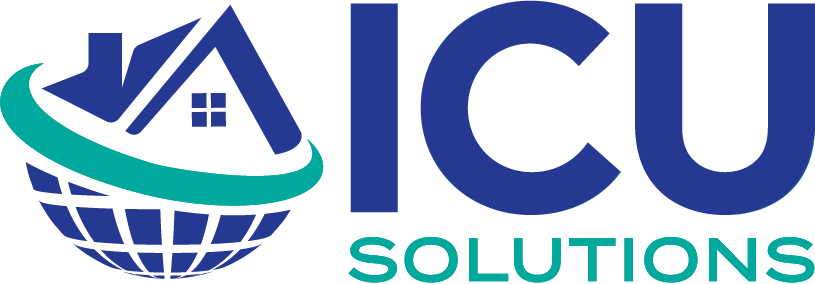Profit and Loss Loans
Profit and Loss Loans: A Flexible Financing Option for Self-Employed Borrowers
If you are self-employed, obtaining a traditional mortgage loan may be challenging, as lenders often require extensive documentation to verify income and employment. However, profit & loss loans offer self-employed borrowers a flexible financing option. In this article, we will explore how profit & loss loans work and the difference between profit & loss loans and bank statement loans.
What is a Profit & Loss Loan?
A profit & loss loan, also known as a P&L loan, is a mortgage product designed for self-employed borrowers. Instead of relying on traditional income verification methods, such as W-2 forms or tax returns, profit & loss loans use the borrower’s profit and loss statement to determine their income. This statement shows the borrower’s revenue and expenses over a specific period, typically the previous 12 months.
How Do Profit & Loss Loans Work?
To obtain a profit & loss loan, you will need to provide your lender with a profit and loss statement. This statement should show your revenue and expenses over the past 12 months. The lender will use this information to calculate your average monthly income and determine your ability to repay the loan. You may also need to provide additional documentation, such as bank statements, to support your income and expenses.
The lender will also consider other factors, such as your credit score, employment history, and debt-to-income ratio, when evaluating your loan application. If approved, you will receive a mortgage loan with an interest rate and repayment terms based on your creditworthiness and financial situation.
Difference Between Profit & Loss Loans and Bank Statement Loans
Profit & loss loans and bank statement loans are both designed for self-employed borrowers. However, there are some differences between the two products.
Bank statement loans use bank statements to verify income and expenses, while profit & loss loans use a profit and loss statement. Bank statement loans are typically easier to obtain, as they require less documentation than profit & loss loans. However, bank statement loans may have higher interest rates and fees compared to profit & loss loans.
Profit & loss loans, on the other hand, may have more flexible documentation requirements and offer lower interest rates and fees. However, they may require a more extensive application process, including the preparation of a profit and loss statement.



















 Overall Rating on Zillow
Overall Rating on Zillow